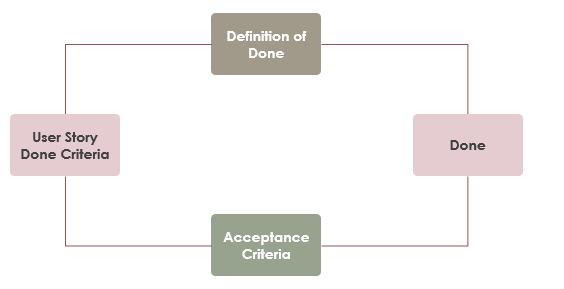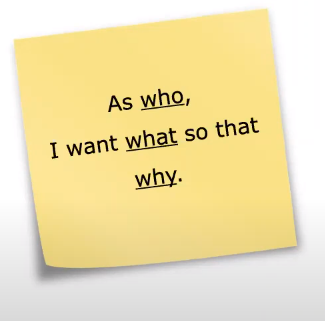Summary
- Consists of tasks.
- Reminders to have conversations with your clients.
- Good user stories consists of
- Card (title on notecards)
- Converstation (with clients)
- Confirmation (acceptance tests)
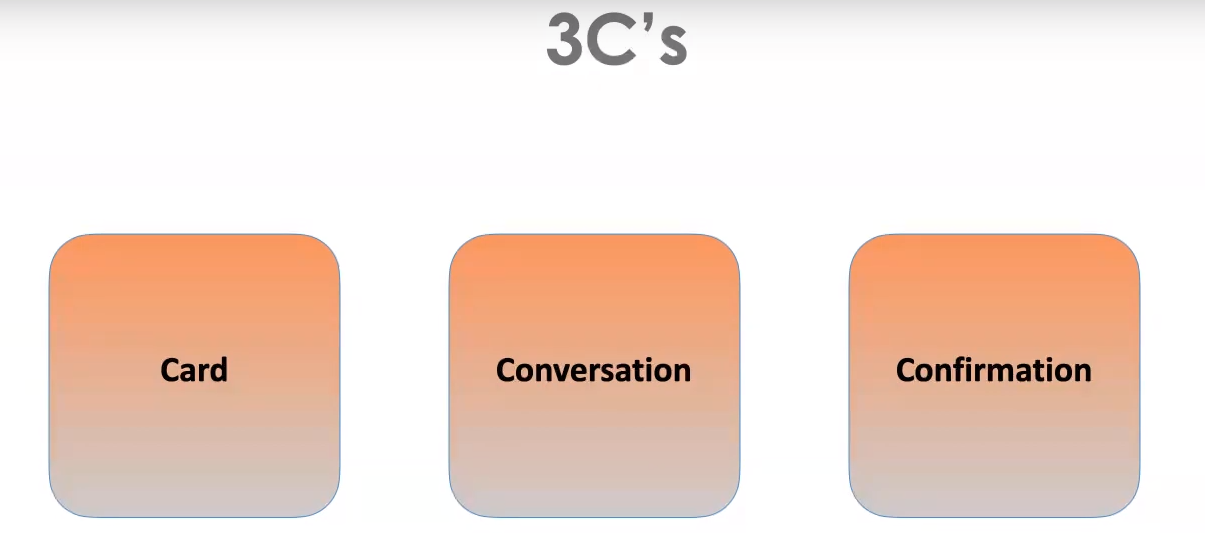
What is user story?
link User stories are short, simple descriptions of a feature told from the perspective of the person who desires the new capability, usually a user or customer of the system. They typically follow a simple template:
Template
As a < type of user >, I want < some goal > so that < some reason >.
example: (Feature and user story are synonyms)
Feature: program creation triggers workflow As a chairmain, I will create a program To initiate the workflow
Scenario: program creation triggers workflow Given login as chairman When create program Then Workflow instance gets created in Camunda
Estimation with story points
ref: link
- A story point is a metric used in agile project management and development to estimate the difficulty of implementing a
Given user story.
- It is an abstract measure of effort required to implement it.
- In simple terms, a story point is a number that tells the team about the difficulty level of the story.
Difficulty could be related to complexities, risks, and efforts involved.
Story point estimation, a kind of relative estimation, is typically performed at the
Product Backlog Grooming Sessions and the Product Backlog is evaluated by the team who is responsible for the actual development and testing work.
story points vs hours
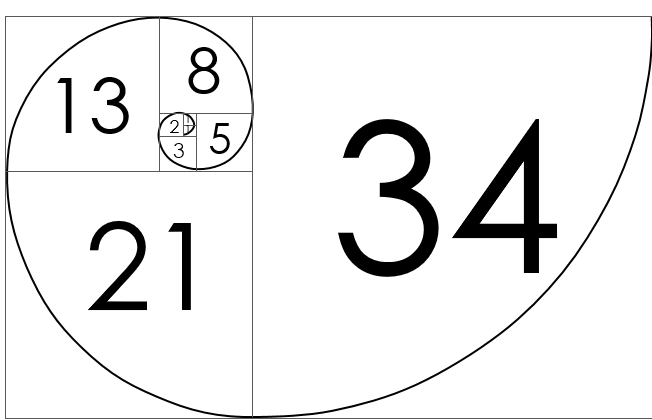
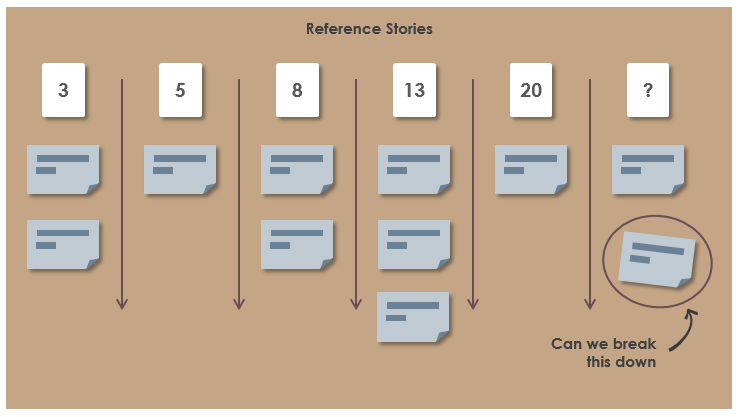
Defintion of Done (DOD)
Every team has its own Definition Of Done (DOD) in Scrum. But every time I start working with a Scrum team, I come with a generic User Story Definition Of Done (DOD), which makes it easier for them to define their Scrum Definition Of Done. ref: link
Difference between DOD and Acceptance Criteria
Definition of Done (DoD) is a list of requirements that a user story must adhere to for the team to call it complete. While the Acceptance Criteria of a User Story consist of set of Test Scenarios that are to be met to confirm that the software is working as expected.
The difference between these two is that the DoD is common for all the User Stories whereas the Acceptance Criteria is applicable to specific User Story. Acceptance Criteria of each User Story will be different based on the requirements of that User Story. ref: link
